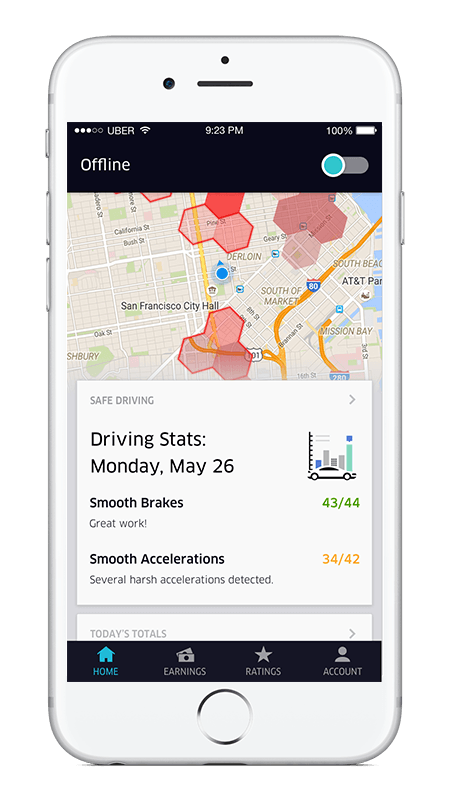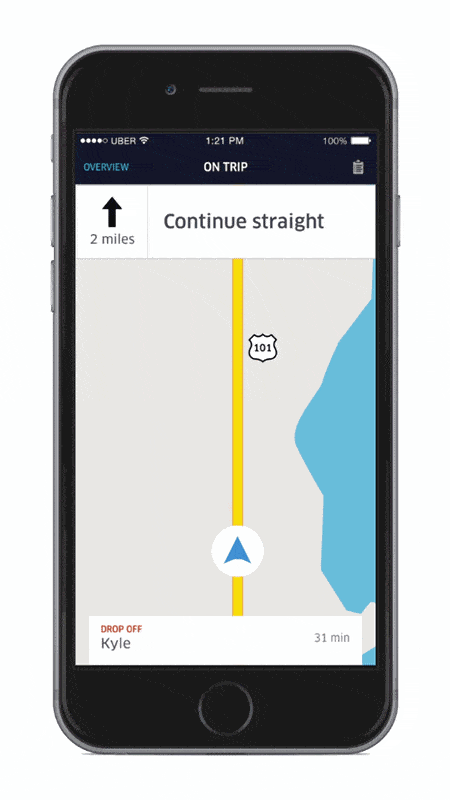New App Features and Data Show How Uber Can Improve Safety on the Road
Written byWe believe that technologies like Uber provide an incredible opportunity to improve road safety in new and innovative ways—before, during and after every ride. Today too many people are hurt or killed on the roads. While alcohol is the leading cause of traffic crashes, there are other behaviors that can put people at risk—for instance if drivers are on drugs, haven’t gotten enough sleep or are distracted.
Road safety experts call these the “four D’s”: drunk, drugged, distracted and drowsy driving. Today we are releasing new data showing Uber’s impact on these issues over the last few years—and announcing new features in the driver app to help reduce these risks going forward.
Uber can help cities tackle drunk driving
It’s almost Independence Day in the U.S.—a big night for Uber, but sadly also for drunk driving. In 2014, 41% of all traffic deaths over the July 4th weekend were due to drunk driving.
We’ve seen again and again that when people have a reliable way to get home safely at the push of a button — no matter the time or place —they make safer choices. Several studies have found that Uber’s availability in a city has an impact on the rate of drunk driving incidents, including one we released in partnership with Mothers Against Drunk Driving (MADD). MADD, who introduced the phrase “designated driver” to the American lexicon, has chosen Uber as its official designated driving app.
Today, we are publishing additional data on Uber’s impact on drunk driving. The Atlanta Police Department made available a dataset of every DUI arrest that occurred over a five-year span in the city of Atlanta, from 2010-2015. Arrests fell from 2,243 to 1,535 over that period—a 32% decline. Compare that drop with the fast growth of Uber in Atlanta since July 2012:


Of course, there are many factors that affect drunk-driving trends in a city, and they can vary from year to year. But it’s heartening to see that these incidents are declining over time. And this tracks well with what riders tell us, including in a new survey released today:
- 90% of riders say that Uber helps reduce drinking and driving
- 80% of riders say that Uber has helped them personally avoid drinking and driving
- Uber is riders’ top choice for trips when they have “had too much alcohol to drive”—compared to other options such as public transportation, taxi, other ridesharing services and walking
New app features to improve road safety
We have a team of engineers dedicated to predicting, preventing and reducing the number of crashes on the road. Today, along with our partners at the Governor’s Highway Safety Association and MADD, we’re excited to announce four new safety pilots to improve rider and driver safety:
- Daily reports to drivers about how their driving patterns compare to other drivers in their city—with suggestions on how to provide a smoother, safer ride
- Reminders to drivers of the importance of taking a break when they need it
- Messages in the driver app informing drivers that mounting their phone on the dashboard is safer than holding the phone in their hands
- Speed display in the app that alerts drivers to the speed of their vehicle
https://www.youtube.com/watch?v=x5-FRIfwoRw&feature=youtu.be
Drivers in 11 U.S. cities will see these new features in their app in the coming weeks, with more cities coming soon. And techies interested in learning more about how this works behind the scenes can read more on our Engineering Blog.
We believe that by providing people with more choices, we can help them make better decisions; and by using new technology we can improve safety for everyone on the road. Have a safe and happy Fourth of July.



